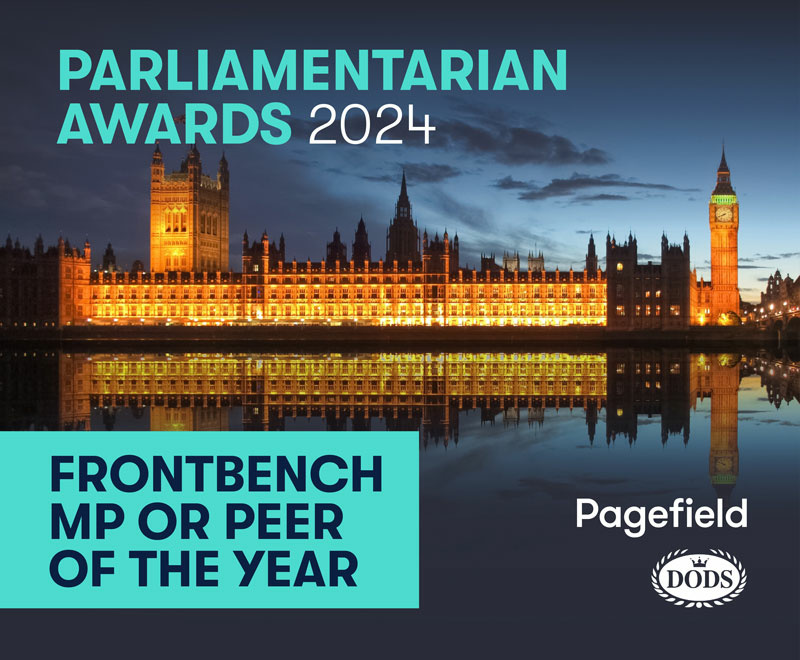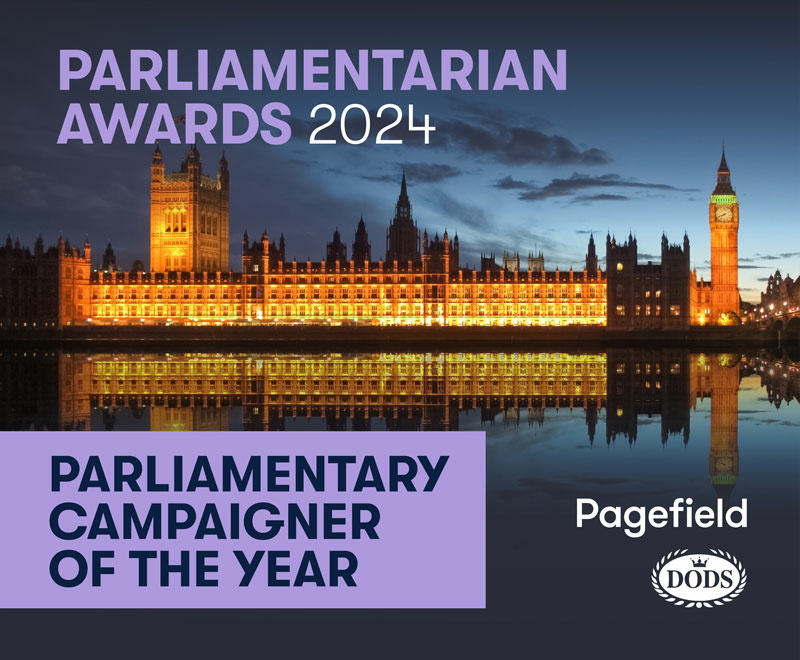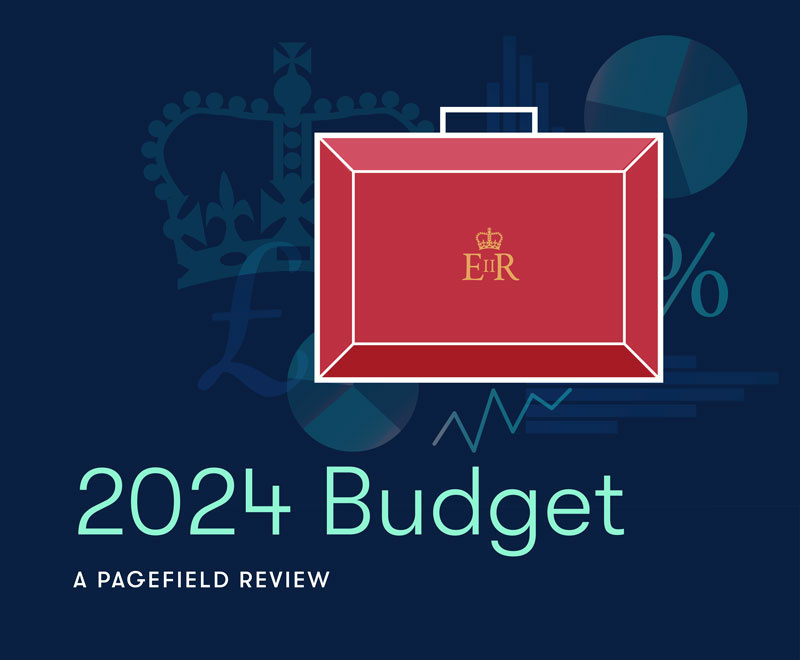Senior Executive Ben Winter looks at the defining questions over Civil Society’s role in policy and public service delivery under a Conservative government.
There’s no doubt that Steve Hilton’s brain child ‘The Big Society’, delivered slickly by David Cameron back in 2010, was a great PR message. However, transferring a good idea into good policy and then implementing it is not a simple process, and for many reasons (principally because action did not meet ambition) Big Society sank into obscurity.
This was not the only blow to civil society during the last Parliament though. There followed high profile procurement difficulties for charities taking part in public service contracts, chilling relationships with government over welfare cuts and, of course, the 2014 Lobbying Act, which many saw as an effort to pull the teeth from charity advocacy work. It is fair to say that a significant rift had grown between government and civil society by the end of the last Parliament.
This was why I was surprised to see ‘The Big Society’ back in the frame come Election 2015. Many had hoped that firstly, ‘The Big Society’s’ death (and resulting public ridicule) and secondly, the Conservatives’ opportunity to start afresh with charities would have seen them make a new and significant offer to the sector. Looking ahead now, it is difficult to predict how civil society’s relationship with government and the public will develop over this Parliament.
Considering the political agenda of the next five years, civil society will inevitably find itself thrust ever more onto the front line of welfare and employment, health and social care, education and environmental issues. This will almost certainly bring to the fore a divisive issue for the sector: is the role of civil society to campaign for change or just to deliver services for beneficiaries within an existing government policy framework?
Despite interventions from the media and politicians, civil society has not, and likely will not ever arrive on a definitive answer to this. Placing the UK’s 200,000 registered charities into one defined and inflexible role in society would be at best naïve and, at worst, ignorant. The answer to the question is of course altogether unscientific and dependent entirely on circumstance. Ultimately, the not so secret solution to implementing either function relies on maintaining a fine balance between the needs of beneficiaries whilst working effectively with policymakers. This will always require smart communications with all audiences – and often a delicate mix of soft and hard advocacy work – especially in areas that are politically sensitive.
This is a tough time for charities. Fundraising practices have recently been called into question and CEO pay is still attracting headlines not dissimilar to ‘banker bonus’ splashes. Much revered charities like Kids Co. have recently found themselves entangled in high profile and publicly damaging scandals. Looking at media coverage, you could be forgiven for thinking that the sector is in crisis when it comes to public trust. Indeed, the government has identified this as an issue already, introducing the Charities (protection and social investment) Bill to “preserve public trust and confidence” in the sector.
Despite a recent decline, it should not be forgotten that charities still command a level of support and trust of which political parties and governments can only dream (only the police and doctors enjoy a higher level). However, the sector is under more pressure than ever to prove to the public, the media and government its positive impact on society.
I hope this will be the Parliament in which civil society and government resolve the longstanding issues over the sector’s role in public service delivery. The sector has worked hard over recent years to professionalise itself in order to take on public service contracts and was instrumental during the last Parliament in getting the unemployed back to work, pioneering improvements in social care and easing pressures on hospitals by encouraging care in the community. It is now looking to the new government to facilitate this work by accelerating charity participation in public service delivery and supporting more social investment. Civil society is a superb hub for expertise, innovation, and enthusiasm – it is therefore the responsibility of both charity leaders and government to ensure that the sector is invited to the table when policy is being considered during this Parliament.
In my mind there are two principal questions, the answers to which will define the sector’s role in society over the next Parliament:
- Can government and charities work together effectively to deliver on the original promises of ‘The Big Society’?
- Can civil society reverse the recent decline in public support and trust?
If the answer to both questions above is a ‘yes’ then we can look forward to sector that uses its unique position in society, is able to harness the power of both public participation and government resources and which can deliver positive change in both the UK and internationally over the next five years and beyond.
I hope that in five years’ time people look back to 2010 and, instead of remembering ‘The Big Society’ as a fuzzy PR message, think of it as the point at which the sector began its journey to properly take up its seat as society’s champion at the heart of UK policy making.



